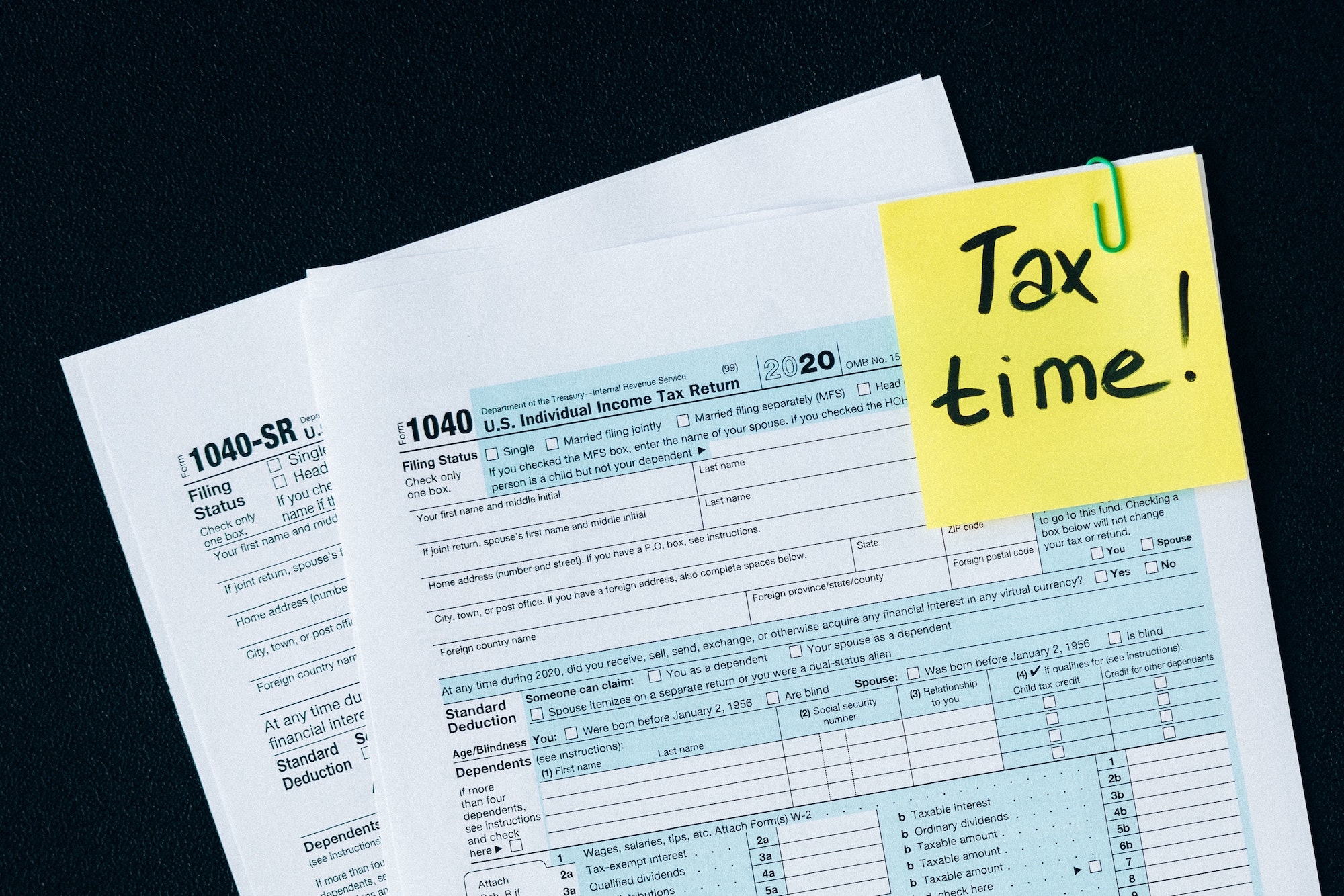The number of individuals paying dividend tax is expected to reach a record 3.67 million in the 2024/25 tax year, according to new analysis by Quilter.
The wealth manager obtained new HMRC figures through a Freedom of Information request to reveal that the latest figure is almost double the number recorded just two years ago, following successive cuts by the Government to the dividend tax-free allowance.
The allowance was reduced from £2,000 to £1,000 in April 2023 and halved again to £500 in April 2024.
HMRC’s data has shown that this policy has dramatically widened the scope of the tax. After remaining broadly flat for several years, the number of dividend taxpayers rose from 1.9 million in 2022/23 to an estimated 3.08 million in 2023/24, before jumping again to a projected 3.67 million in 2024/25, the latest year for which HMRC has modelled figures.
When the reductions were first announced, HMRC estimated that 635,000 individuals would be brought into the dividend tax net in 2023/24, with a further 1.12 million affected in 2024/25. However, updated modelling based on more recent income data has placed the figures at 865,000 and 480,000, respectively, still amounting to over 1.3 million additional taxpayers across the two years.
Tax and financial planning expert at Quilter, Rachael Griffin, commented: “These figures show just how quietly but effectively the tax net is expanding. What was once a niche tax affecting a relatively small group of higher earners and business owners is now impacting millions of everyday investors, many of whom are basic rate taxpayers.
“More than 1.1 million basic rate individuals were expected to owe dividend tax in 2024/25. For many, this will have come as a surprise, especially if they hold only modest investments outside ISAs or pensions.”
Quilter also said that the revenue impact from changes could be “substantial”.
The cut in the allowance to £500 in April 2024 is forecast to raise £450m in 2024/25, rising to £810m in 2025/26, £860m in 2026/27, and £940m in 2027/28, according to HMRC’s latest projections.
“The Government has made clear that it expects to raise hundreds of millions in additional revenue from these changes, and the figures show it is well on track to do so,” added Griffin.
“But the cost isn’t just financial, the complexity of compliance is growing, particularly for those unfamiliar with the tax system. This policy seems at odds with Labour’s desire to get more people investing.
“As interest rates start to fall and the appeal of cash wanes, more people will look to investing as a way to grow their money. But the tax environment is becoming harder to navigate.”
Latest News
-
House price growth ends year on ‘softer note’ – Nationwide
-
HNWIs see tax changes as biggest threat to investment portfolios
-
Borrowers jumped gun ahead of December rate cut – Twenty7tec
-
FCA stops Verus Financial Services from conducting regulated activities
-
IHT receipts reach £5.8bn in eight months to November
-
Perspective Financial Group acquires Prosser Knowles
Perenna and the long-term fixed mortgage market

Content editor, Dan McGrath, spoke to head of product, proposition and distribution at Perenna, John Davison, to explore the long-term fixed mortgage market, the role that Perenna plays in this sector and the impact of the recent Autumn Budget
The role of the bridging market and technology usage in the industry
Content editor, Dan McGrath, sat down with chief operating officer at Black & White Bridging, Damien Druce, and head of development finance at Empire Global Finance, Pete Williams, to explore the role of the bridging sector, the role of AI across the industry and how the property market has fared in the Labour Government’s first year in office.
NEW BUILD IN FOCUS - NEW EPISODE OF THE MORTGAGE INSIDER PODCAST, OUT NOW

Figures from the National House-Building Council saw Q1 2025 register a 36% increase in new homes built across the UK compared with the same period last year, representing a striking development for the first-time buyer market. But with the higher cost of building, ongoing planning challenges and new and changing regulations, how sustainable is this growth? And what does it mean for brokers?
Does the North-South divide still exist in the UK housing market?

What do the most expensive parts of the country reveal about shifting demand? And why is the Manchester housing market now outperforming many southern counterparts?
In this episode of the Barclays Mortgage Insider Podcast, host Phil Spencer is joined by Lucian Cook, Head of Research at Savills, and Ross Jones, founder of Home Financial and Evolve Commercial Finance, to explore how regional trends are redefining the UK housing, mortgage and buy-to-let markets.
In this episode of the Barclays Mortgage Insider Podcast, host Phil Spencer is joined by Lucian Cook, Head of Research at Savills, and Ross Jones, founder of Home Financial and Evolve Commercial Finance, to explore how regional trends are redefining the UK housing, mortgage and buy-to-let markets.
© 2019 Perspective Publishing Privacy & Cookies











Recent Stories